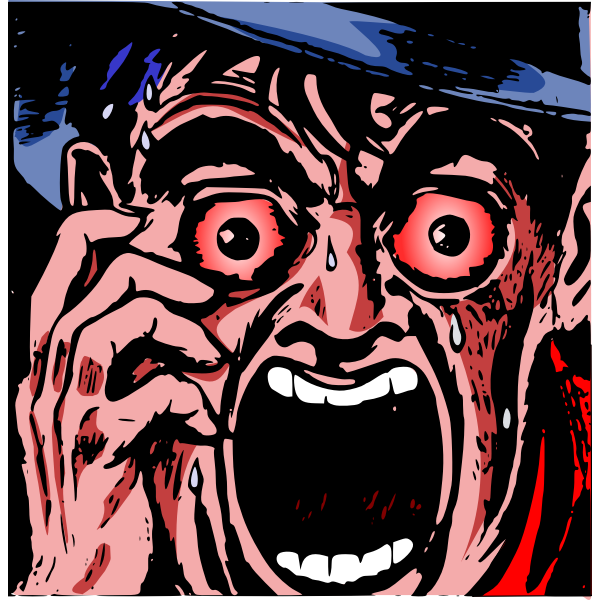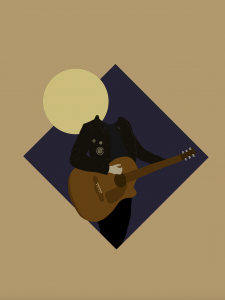
Nanny Fine was the most eccentric gal on our television screens — with outfits, a nasally voice and quips to match. We fell in love with her on “The Nanny,” an American sitcom starring Fran Drescher, Charles Shaughnessy and Renée Taylor. “The Nanny” followed Fine, an unemployed Jewish 29-year-old, as she made her way into the Sheffield’s home as their new nanny, turning their beige lives red.
Viewers tuned in on Fine’s colorful misadventures with the Sheffield kids and her nail-biting, will-they-won’t-they relationship with Maxwell Sheffield for six seasons, airing on CBS from November 3, 1993 to June 23, 1999.
21 years after its final episode, “The Nanny” cast reunited for a virtual pilot table read on April 6, 2020, hoping to bring some comedic relief during this trying time.
“It’s a once in a lifetime Pandemic Performance for our fans around the world who are currently stressing in isolation and could use a real upper! It sure has given each of us a lift and we hope it does for you as well,” said Drescher in a statement.
The virtual reading satisfied many nostalgic hearts, including those who’d catch reruns on Nick at Nite. However, many were left wondering when “The Nanny” will be joining streaming services — like many other 90s sitcom favorites already have.
Though the first two seasons can be found on the Roku Channel, “The Nanny” and its six seasons are still missing from streaming services like Netflix, Hulu and Amazon Prime. It is unclear as to why it hasn’t joined other American sitcoms like “Friends” and “Boy Meets World,” but it’s likely due to streaming rights.
Nonetheless, check out the top four reasons why “The Nanny” needs to be on streaming services today.
Jewish Representation in the Media
Before there was “Broad City” and “Call Me by Your Name,” Fran Fine was teaching viewers about her Jewish roots through Yiddish words, Jewish holidays, customs and values which first clashed with the Sheffields’. You can find Fran Drescher channeling Jewish aunt vibes in “Broad City,” and in other American sitcoms like “Happily Divorced” and “Indebted,” embracing and displaying her Jewish identity through comedy.
All of Those Laughs
Not only was “The Nanny” full of clever, sassy quips from Fine — along with Yiddish words and hilarious facial reactions — it was also full of characters that made each second enjoyable.
Niles, the Sheffield’s witty, loyal British butler, is one of the greatest additions and most underrated characters. When he’s not helping the Sheffields, he’s usually being hilariously cruel to C.C. Babcock, Maxwell Sheffield’s business partner. Fine’s mother, Sylvia Fine, is a recurring lovable character —usually with food in hand and nagging her daughter to get married. Grandma Yetta, based on Drescher’s grandmother, is another fan favorite due to her forgetful and snarky ways.
She Had Style! She Had Flair! She Was There!
There’s no denying it: Fran Fine looked absolutely fabulous in her daring looks that drove Maxwell Sheffield crazy; she wore Moschino and Marc Jacobs (Mr. Sheffield, we need to talk) and pranced around in Dior, serving electric looks all over Manhattan. Fine’s wardrobe of leather, animal prints, brightly colored mini dresses and mini skirts turned her into a 90s fashion icon and the inspiration of many thrifters.
Wholesome Lessons
“The Nanny” taught viewers that with a little faith and persistence, opposites attract in the most beautiful ways; for example, in how British Manhattanite, uptight Maxwell Sheffield falls in love with the humble nanny from Queens.“The Nanny” also focuses on the importance of loosening up, family, kindness and standing out from the rest —even if you’re perceived as extra.
Are you missing the red-lipped, cheetah-print-loving nanny? Watch “The Nanny’s” virtual reunion on Youtube today! Until then, we’re looking for you, Fran Drescher. We need our flashy girl from Flushing more than ever. #JusticeforTheNanny
“The Nanny” Virtual Table Read: https://www.youtube.com/watch?v=C3a6KuP1X14





